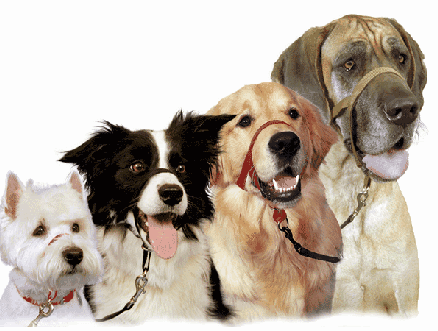* 1 or 2 Eggs, use two eggs for a softer cookie
* 2 1/2 Cups Rice or Potato Flour
* 1/4 Teaspoon Baking Powder
* 1/4 Cup Butter, Vegetable Oil, Fish Oil or Combination
* Optional: 1/4 LIquid - Water, Stock, Soup, Milk, Meat Drippings
* Optional: 1/4 Cup Grated Cheese, Parmesan Cheese, Bacon Bits, Leftover Meat
* Optional: Up to 2 Tablespoons of Honey or Molasses, no honey for puppies. A sweetener depends on your flavoring choice.
Instructions
1. Beat the eggs and set aside.
2. Mix the dry ingredients. If you are using honey or molasses, blend the honey with the flour.
3. Cut the fats into the flour mixture.
4. Mix in the beaten eggs.
5. For a tender cookie, add a small amount of liquid to soften the dough.
6. Bake in a preheated 325 degree Fahrenheit oven for twelve to fifteen minutes or until done. Watch for the edges to brown and to draw away from the original position. The cookie will also be evenly lightly browned. For a softer cookie, bake the cookies until done and then take them out of the oven to cool. For a harder treat, cookie or biscuit, you can turn the oven off and leave the cookies in the oven to cool completely into a harder dog cookie or biscuit before removing from the oven.
* In a small mixing bowl, combine peanut butter with a little water or half a mashed banana. (The water and banana aren't essential but help with freezing consistency.)
* Line an ice cube tray or cookie sheet with wax paper. (You don't have to use the paper, but it can make prying the cubes out easier.)
* Spoon the mixture into the cubes, or drop onto the tray just like you would cookie dough.
* Freeze. If you need to reuse the tray right away, pop out the cubes and store them in a bag or container in the freezer.
* Serve. Turn any hot dog into a happy camper.






